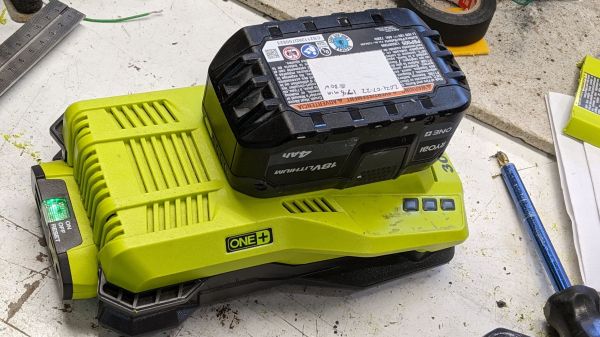Sometimes, if you wait long enough for something you want, it will come to you. Whether it’s the law of attraction or just plain laziness, it has finally happened — there’s a keyboard meetup happening within a 500-mile radius of me. As far as I know, it’s the first one ever in Kansas City. I’m going, I’m bringing weird keyboards, and I might even have some Hackaday stickers to sprinkle around.
 Although the event was originally planned to take place in the side room of a coffeehouse in the historic northeast, it was quickly moved to a much larger, co-working space downtown to accommodate all the maniacs like yours truly who want to bring a whole bunch of keebs. I’m even bringing some tables, y’all.
Although the event was originally planned to take place in the side room of a coffeehouse in the historic northeast, it was quickly moved to a much larger, co-working space downtown to accommodate all the maniacs like yours truly who want to bring a whole bunch of keebs. I’m even bringing some tables, y’all.
This’ll be more than just a show and tell, because what kind of object-focused nerd gathering would be complete without a swap meet element? You’re probably going to find that all kinds of keyboards and keyboard accessories are for sale, but you also might get lucky and win a cute bag of switches from Kinetic Labs, or a 3×4 macro pad from Boardsource (who will also have stickers on hand).
Come for the cool keyboards, and stay for the conversations you’ll strike up with the awesome folks who brought them. Who knows, maybe we’ll all infiltrate the slammin’ ice cream shop down the street.
Questions? Comments? Just want to share your excitement? Come join the Discord! If you’re planning to show up on Saturday, please take a second to fill out the head count document. If you do, it’ll probably net you a deli sandwich when you get there.
If you can’t make it, that’s okay — stay tuned for coverage of the event, and start planning for the next one, because hopefully, there will be many more to come.
Main and thumbnail images by Mingwei Lim on Unsplash















